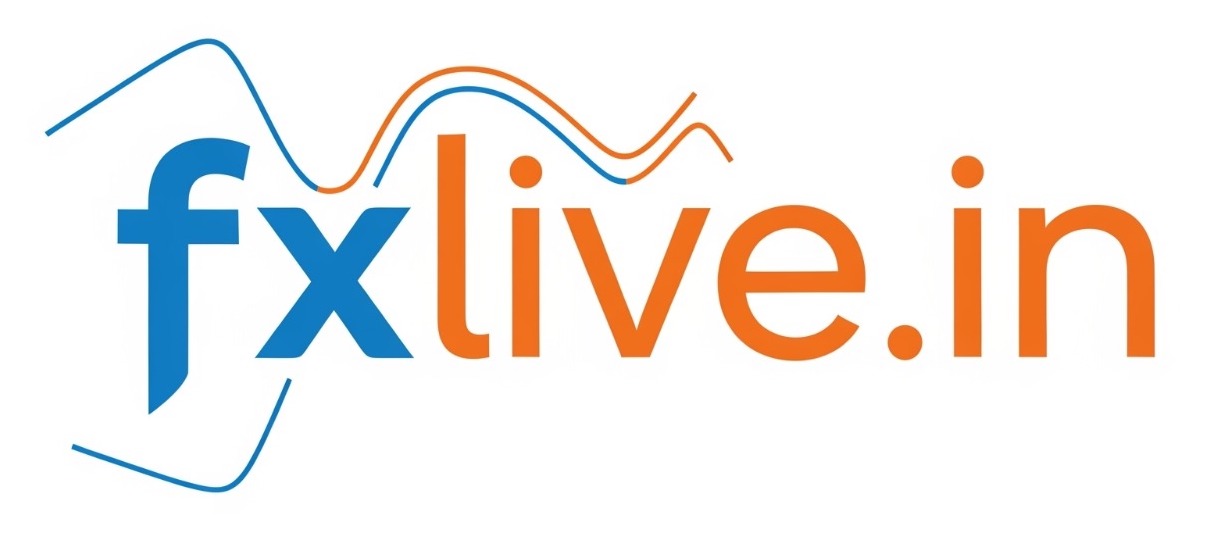Jai Siya Ram
What are “Frozen Russian Assets”
- After Russia’s full-scale invasion of Ukraine (February 2022), many Western countries, including the EU, imposed sanctions. This included freezing various assets belonging to the Russian central bank, financial institutions, sovereign reserves, and private Russian entities.
- These frozen assets are largely held in highly liquid financial instruments (government bonds, cash, securities), often through large central securities depositories such as Euroclear (in Belgium).
- The total value of these immobilised Russian central bank assets in the EU is estimated to be around €210-€250 billion (variously reported, depending on exchange rates etc.).
What the EU is Proposing / Doing
- Using the Profits / Interest, Not Seizing the Principal (Sovereign Reserves)
- The EU has agreed to use the profits or interest generated from these frozen Russian central bank assets to help Ukraine — particularly for military assistance, energy recovery, reconstruction etc.
- For example, €1.5 billion has already been transferred to Ukraine by the EU using these proceeds under various programs (with 90% going toward military use, 10% toward reconstruction or infrastructure)
- Reparation Loan Mechanism / Zero-Coupon Bonds Proposal
- Recently, the EU has floated the idea of going beyond just using interest, to creating a reparation loan to Ukraine, backed by the frozen assets. One proposal is to issue zero-coupon bonds by the European Commission, replacing the Russian frozen assets, so that the loan is “repaid” once reparations from Russia are secured.
- This is seen as a way to channel large amounts of funds to Ukraine without having to legally confiscate the principal (which is more contested and risky).
- Conditions / Preconditions for Return of Assets
- EU leaders including Foreign Policy Chief Kaja Kallas have stated that Russia will not get access back to its central bank assets without paying reparations for the damage caused in Ukraine.
- The assets remain frozen pending resolution of the war, damage, and legal frameworks regarding compensation.
Legal, Political & Diplomatic Challenges
- Legal status of sovereign assets: Russia argues that the central bank’s reserves are sovereign assets, protected under international law and treaties, so seizing them or even redirecting them is unconstitutional or illegal. The EU must tread carefully.
- Precedent and property rights: Many EU countries, and financial institutions (e.g. Euroclear), are concerned that confiscating assets would damage confidence in international property rights, investor trust, and legal predictability.
- Veto / unanimity issue in the EU: For full confiscation or major legal changes, EU rules often require unanimity among member states. Some countries (notably Hungary) have expressed opposition or concern, which complicates moving forward.
- Risk of retaliation by Russia: Russia has warned that any move to confiscate or “steal” its assets would lead to legal reprisals and possibly seizure of Western assets, or other countermeasures.
What Russia’s Position / Reaction Is
- Moscow has condemned proposals to use or seize frozen assets, calling them theft or expropriation. Russian officials, including Foreign Ministry spokespersons, have warned of diplomatic and legal consequences.
- Russia also notes that many of these assets are part of its foreign reserves and are sovereign in nature. Any attempt to confiscate or misuse them would, from their perspective, violate treaties and international financial norms.
Current Status & Where Things Stand
- Frozen assets value ~ €210-€250 billion in the EU from Russia’s central bank (plus other Russian assets) as of mid-2025.
- Annual income from these frozen assets (interest / profits) is estimated to be about €3 billion/year. Some of this is already being channelled to Ukraine under existing frameworks.
- The EU is actively working on formalizing a mechanism (or series of mechanisms) to use proceeds for Ukraine, possibly via reparation-backed bonds, or loans, making sure it stays within legal boundaries.
- Some contested proposals remain under debate: confiscation of the principal amount, legal frameworks for using the frozen assets directly, sovereignty claims, etc. Not all EU member states are on board.
What to Watch Next
- Whether EU member states reach consensus on whether to move beyond using just interest to seize any of the principal frozen assets.
- Legal rulings (either by EU courts or international tribunals) about the lawfulness of confiscating assets owned by a sovereign central bank.
- How much is committed via reparation loans or zero-coupon bond mechanisms, and what amount of funds are actually disbursed to Ukraine under each proposal.
- Russia’s diplomatic or legal responses — possibly counter-sanctions or lawsuits.
- Whether this sets a precedent for handling frozen assets from other states under sanctions in future conflicts.

